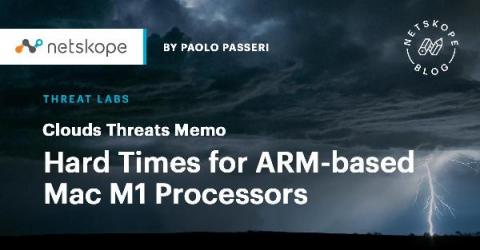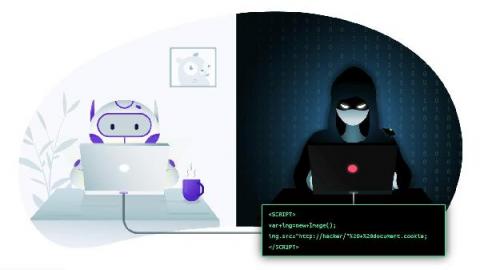Security | Threat Detection | Cyberattacks | DevSecOps | Compliance
Blog
Cybersecurity and online gaming: Don't be a victim
Theresa Lanowitz collaborated on this blog. The proliferation of technology and internet connectivity has made it possible for people to seek out most things online, and gaming and gambling are not exceptions. In addition to online video games, social media, music, and video streaming, there are also online casinos and gambling for real money. Well, for gambling in the USA there are state laws to mind, but in some states online gambling is permitted.
How to perform a cyber security risk assessment? Step by step guide.
Taking cyber security risk assessment out of the equation, risk assessments are nothing new to the world. Industries such as nuclear, aerospace, oil, agriculture, military and railroad have long-established processes to deal with risk. Continuous risk assessments are performed by food, medical, hospital sectors to control risks affecting their environments.
What is symmetric and asymmetric encryption? Examples & Use cases (including top mistakes)
Encryption is the process of converting plaintext data into an alternative form known as ciphertext. However, only authorised users can decipher the ciphertext back into clear-text to access the information. There are two types of encryption in widespread use, i.e. symmetric and asymmetric encryption. These names symbolise whether the same key can be used for encryption and decryption processes. These two terms: Encryption and cryptography, are often used interchangeably.
Snyk IaC scanning enhancements include Azure and AWS infrastructure as code
Recently I wrote about Infrastructure as Code (IaC) and how Snyk’s IaC scanning can help catch issues in your templates before they make it to provisioning. Our engineering team continues to expand the breadth of our IaC scanning policies to better protect your platforms from vulnerabilities and issues.
How Effective is Threat Hunting for Organizations?
In recent years, threat hunting has become much more widely adopted, but today the definition of threat hunting is still quite a controversial topic. Threat hunting is the art of finding the unknown in your environment, going beyond traditional detection technologies, with active cyber defence activity, proactively and iteratively searching through networks to detect and isolate advanced threats that evade existing security solutions.
Sysdig achieves Red Hat Vulnerability Scanner Certification
Image vulnerability scanning is a critical first line of defense for security with containers and Kubernetes. Today, Red Hat recognized Sysdig as a certified Red Hat security partner based on our work to standardize on Red Hat’s published security data with Sysdig Secure.
Cloud Threats Memo: Hard Times for ARM-based Mac M1 Processors
The Cloud Threats Memo is a weekly series from Paolo Passeri, digging into a recent cloud threat and highlighting how Netskope can best help mitigate it. Just a few months after their debut in November 2020, the new ARM-based Mac M1 Processors have already attracted the unwanted attention of cybercriminals with two adware samples, the details of which have been revealed over the past few days.
XSS Attack Examples and Mitigations
Cross-site scripting (XSS) is an attack that allows JavaScript from one site to run on another. XSS is interesting not due to the technical difficulty of the attack but rather because it exploits some of the core security mechanisms of web browsers and because of its sheer pervasiveness. Understanding XSS and its mitigations provides substantial insight into how the web works and how sites are safely (and unsafely) isolated from each other.
How to prevent supply chain attacks with the Zero Trust Architecture
The SolarWinds supply chain attack has rocked the business world, stirring a whirlwind of supply chain security evaluations. The pernicious effects of the SolarWinds cyberattack (which is likely to take months to fully comprehend) reveals an uncomfortable truth causing stakeholders globally to reconsider their business model - vendors introduce a significant security risk to an organization.











